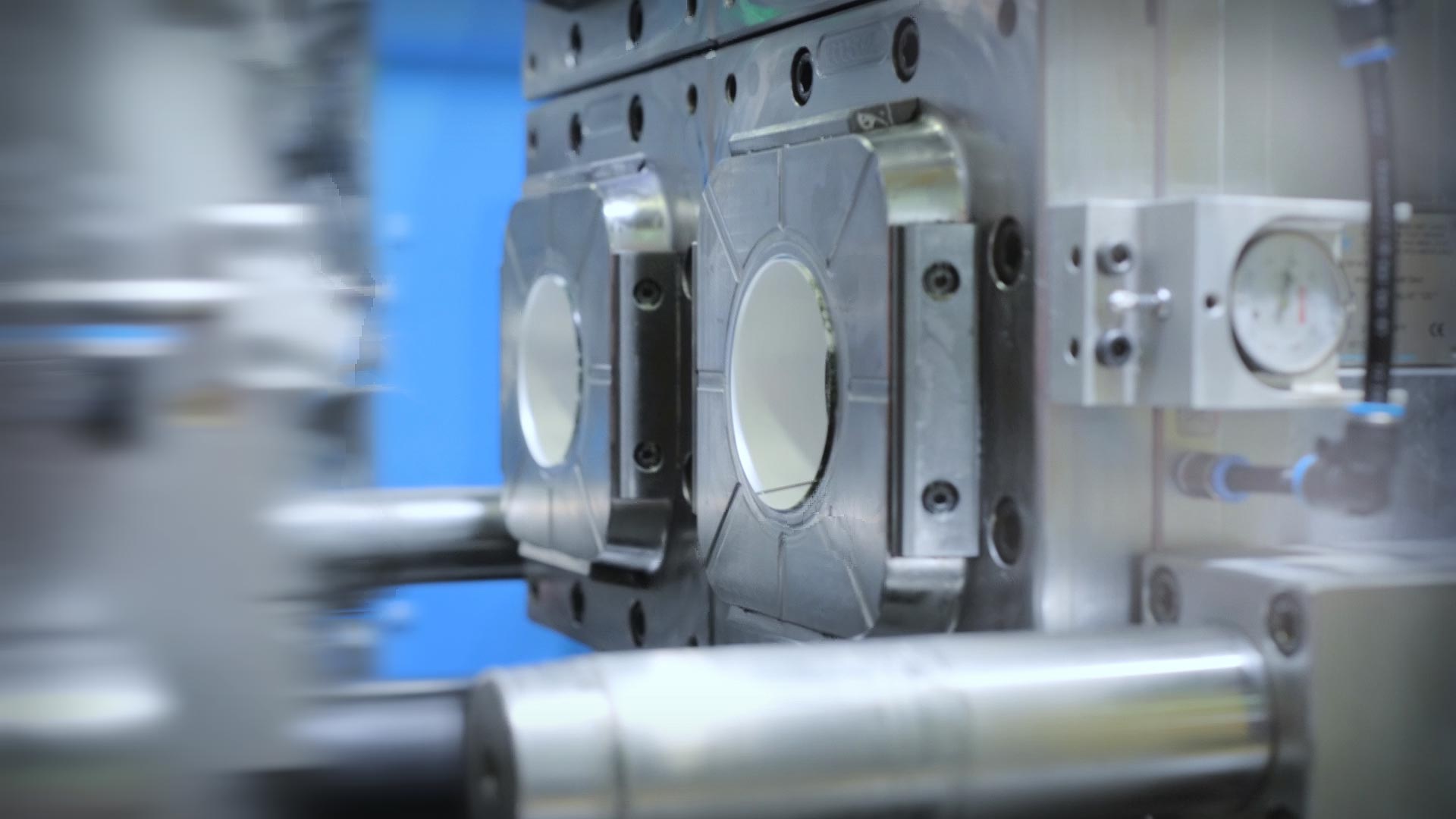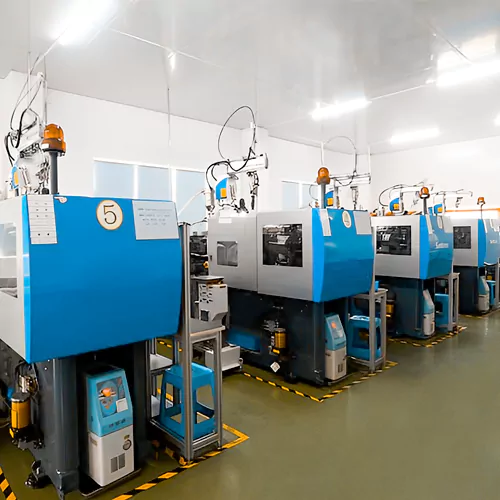The Duty of Plastic Injection Molding in Producing Cost-efficient Industrial Parts
The Duty of Plastic Injection Molding in Producing Cost-efficient Industrial Parts
Blog Article
Comprehending the Basics of Plastic Shot Molding Procedures
Plastic injection molding works as a foundation of modern-day manufacturing, supplying a systematic approach to creating intricate parts with precision. This process not only includes the basic actions of melting and infusing products right into molds but also includes a nuanced understanding of different affecting aspects, such as temperature level and stress. As sectors increasingly demand efficiency and high quality, the details of this methodology become more vital. Exploring these necessary components can disclose just how even small changes can result in considerable renovations in manufacturing results, increasing questions about the potential for advancement in this well-known procedure.
What Is Plastic Injection Molding?
Plastic injection molding is an extensively used production process that transforms polycarbonate and thermosetting products into exact and intricate shapes. This strategy is favored for its capability to generate high volumes of similar get rid of extraordinary precision, making it a vital technique in numerous markets, including vehicle, durable goods, and clinical devices.
The procedure entails melting the picked plastic product and injecting it into a mold and mildew under high stress. The mold, developed to the requirements of the wanted part, allows the molten plastic to materialize as it cools down and solidifies. When the product has actually set, the mold and mildew is opened, and the finished element is expelled.
Plastic shot molding uses numerous benefits, consisting of reduced waste, consistency in production, and the capability to integrate complex styles that might be testing with various other producing techniques. In addition, it sustains a broad series of materials, each supplying special residential properties that can be customized for certain applications. As sectors proceed to introduce, plastic injection molding stays at the leading edge, enabling the growth of innovative products that fulfill advancing customer needs.
The Injection Molding Refine
The injection molding process is an advanced technique that includes numerous essential phases to produce high-grade plastic components. Originally, plastic pellets are fed into a heated barrel where they are merged a thick fluid. This molten plastic is after that injected under high pressure right into a precision-engineered mold, which shapes the product right into the preferred form.
As soon as the mold and mildew is filled, the plastic is allowed to cool down and solidify, taking the shape of the mold and mildew tooth cavity. Cooling time is essential, as it affects the cycle time and the last buildings of the molded component. After adequate cooling, the mold opens up, and the ended up part is ejected using ejector pins.

Products Utilized in Shot Molding
Different materials can be used in the injection molding process, each offering unique homes that accommodate details applications. The most typically utilized materials include thermoplastics, thermosetting plastics, and elastomers.

Thermosetting plastics, like epoxy and phenolic resins, go through a chemical modification throughout the curing process, causing a rigid, inflexible framework. These products are ideal for applications needing high warmth resistance and structural stability, commonly used in automotive parts and electrical insulators.
Elastomers, consisting of silicone and rubber-based products, find here give flexibility and resilience. Their distinct buildings make them ideal for applications that demand elasticity, such as seals and gaskets.
Additionally, specialty materials like bio-based plastics and composites are acquiring grip for their ecological advantages and boosted efficiency features, widening the extent of shot molding applications in numerous sectors. Recognizing the residential or commercial properties of these products is vital for choosing the proper kind for particular tasks.
Advantages of Injection Molding
Shot molding attracts attention as a very reliable production procedure that provides various advantages for producing intricate components with accuracy. One of the most substantial advantages is the capability to create intricate layouts that would certainly be difficult or difficult to accomplish with other approaches (Plastic Injection Molding). The procedure permits limited resistances and comprehensive features, making sure high-grade parts
Furthermore, injection molding is recognized for its fast production capacities, making it a suitable choice for high-volume production. When the mold is produced, parts can be created rapidly, lowering preparations and increasing total productivity. This performance not only decreases production prices yet likewise supplies an affordable side on the market.
The convenience of materials utilized in shot molding even more enhances its allure. A variety of thermoplastics and thermosetting polymers can be used, permitting makers to select products that finest fulfill their particular needs, including toughness, flexibility, and warm resistance.
Furthermore, the procedure decreases waste, as excess material can typically be reused and recycled. This sustainability facet contributes to a decreased ecological influence, making shot molding a responsible manufacturing choice. Generally, the benefits of shot molding navigate here make it a recommended approach for many industries.
Elements Impacting Item Top Quality
While countless variables can affect item top quality in shot molding, recognizing these aspects is important for attaining optimum outcomes. Key elements consist of material choice, processing criteria, and mold design.
Material selection plays an important role, as different polymers exhibit unique residential properties that influence flowability, toughness, and thermal security. Insufficient material choice can lead to issues such as bending or insufficient filling.
Processing criteria, consisting of temperature, cycle, and stress time, should be carefully controlled. Variants in these settings can result in incongruities in component dimensions and surface coating. For example, excessively high temperature levels might cause destruction of the polymer, while poor pressure can cause brief shots.
Mold style is equally crucial, as it figures out the flow of the molten plastic and the cooling procedure. Poorly developed mold and mildews might lead to unequal air conditioning prices, leading to recurring anxieties and dimensional inaccuracies.

Conclusion
To conclude, plastic injection molding works as a critical manufacturing procedure that makes it possible for the reliable manufacturing of top notch parts. Proficiency of the injection molding process, consisting of the understanding of products and the impact of different elements on product quality, is essential for attaining optimum outcomes. The advantages of this approach, such as cost-effectiveness and design versatility, additional underscore its significance across multiple industries, strengthening its status as a recommended option for high-volume production.
Plastic injection molding offers as a foundation of modern production, offering a methodical strategy to creating complex parts with precision.Plastic shot molding uses several benefits, including lowered waste, uniformity in production, and the capacity to incorporate detailed styles that might be testing with various other manufacturing approaches (Plastic Injection Molding). As industries proceed to innovate, plastic shot molding remains at the leading edge, enabling the growth of advanced items that fulfill progressing customer demands
The more helpful hints shot molding process is an advanced technique that includes numerous essential phases to produce top notch plastic components.In final thought, plastic shot molding serves as an essential manufacturing process that makes it possible for the efficient manufacturing of high-quality elements.
Report this page